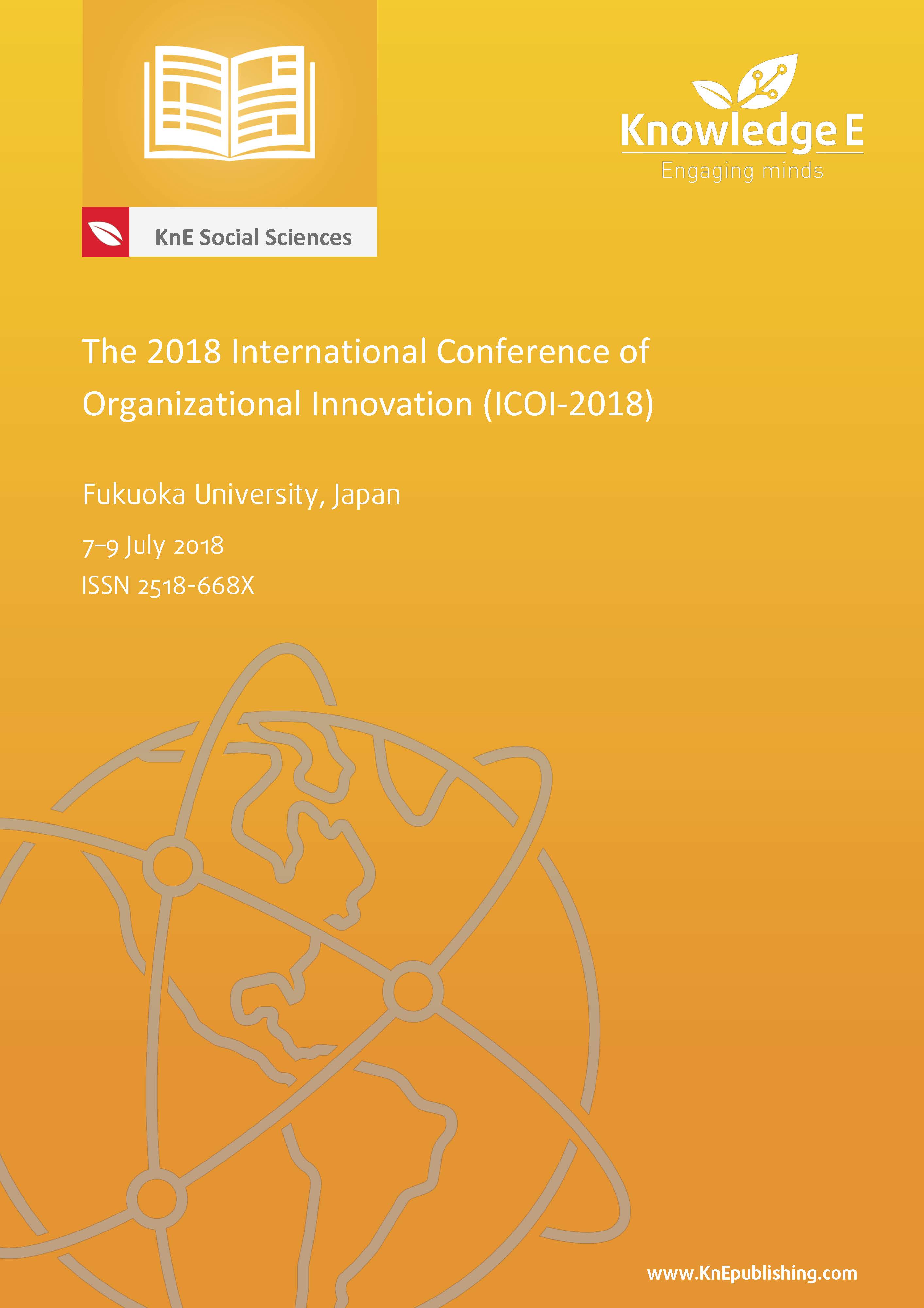The Impact of Social Marketing Mix and Message Effectiveness to Target Audience Behavior of HIV/Aids
DOI:
https://doi.org/10.18502/kss.v3i10.3357Abstract
The purpose of this study is to analyze the effectiveness of social messages delivered by the government to the public about HIV/AIDS, analyze the accuracy of the use of communication media used by the government to convey a message to the community about HIV/AIDS, and analyze the impact of social marketing mix toward target audience behavior. The sample of this study is a community that is accounted for 176 respondents. Analytical tool is Path Analysis. The result shows that social messages conveyed to the public about HIV/AIDS has been effectively using personal communication media. Furthermore, there is a significant direct and indirect social marketing mix toward the behavior of the target audience and through the effectiveness of the message.
Keywords: social marketing mix, the effectiveness of the message, the target audience’s behavior
References
Andreasen. (2002). Marketing social marketing in the social change marketplace. Journal of Public Policy and Marketing, vol. 21, p. 1.
Fandy, T. and Chandra, G. (2012). Pemasaran Strategik. Yogyakarta: Andi.
Ghazali, E. (2006). Komunikasi Publik dan Pemasaran Sosial.
Grier, S. and Bryant, C. A. (2005). Social marketing in public health. Annual Review of Public Health, vol. 26, pp. 319–339.
Guzouski, Ma., Smoloic, M., and Blazerie, L. ( June 9–10, 2016). Impact of social marketing on national programmes for prevention and response in Vukouar. 15
Ibrahim, L. (2006). Peran Pemasaran Sosial dalam Perubahan Sosial demi Keberlanjutan Organisasi.
Januar, E. (2013). Penderita HIV/AIDS di Jambi Melonjak, Tribune online. Retrieved from www.tribunnews.com (accessed 23 February 2014).
Inu, K. (1999). Ilmu Administrasi Publik. Jakarta: Rineka Cipta.
Kotler, P. and Lee, N. (2007). Pemasaran Di Sektor Publik. Panduan Praktik Untuk Meningkatkan Kinerja Pemerintah, Indeks, Jakarta.
Kotler, P. and Amstrong (2004). Manajemen Pemasaran. Prentice Hall.
Lefebure, R. C. (2011). An integrated model for social marketing. Journal of Social Marketing, vol. 1, no. 1, pp. 54–72.
Olshefky, A. M., Zive, M. M., Scolari, R., et al. (October 2007). Promoting HIV risk awareness and testing in Latinos living on the US–Mexico border: The tu no me cococes social marketing campaign. AIDS Education and Prevention, vol. 19, no. 5, pp. 422–435.
Nia, S. G. and Sarif, B. (2011). Impact of social marketing on consumption reduction. Journal of Applied Business and Economics, vol. 12, no. 5.
Octavia, A. (2013). Penyusunan Indeks Kepuasan Masyarakat Pada Komisi Penyiaran Indonesia Daerah Provinsi Jambi.
Thrassou and Vontir. (2009). A new consumer relationship model: The marketing communications application. Journal of Promotion Management, vol. 15, no. 4, pp. 499–521.

